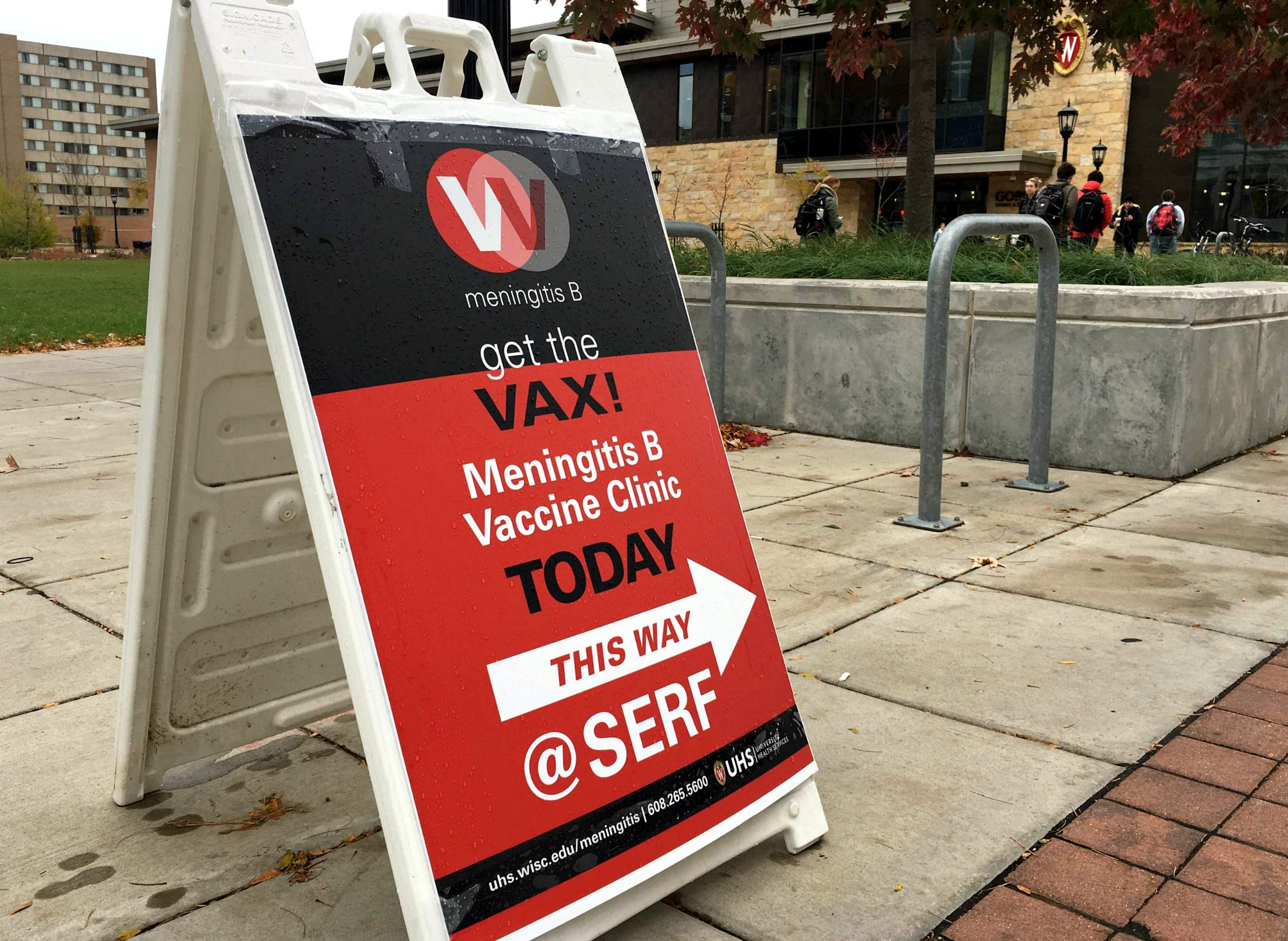
College campus environments can challenge the immune systems of students exposed to bacteria that cause meningitis.

College campus environments can challenge the immune systems of students exposed to bacteria that cause meningitis.
Anyone who's spent time on a college campus has likely heard a lot about bacterial meningitis in recent years. Adolescents and young adults already have a higher susceptibility to this type of infection than other age groups — except infants — and the crowded environment of college can increase that risk.
That said, anyone can come down with bacterial meningitis, or the related and more fatal meningococcemia, which is caused by the bacteria Neisseria meningitidis. Both of these are forms of what the medical profession calls meningococcal disease. Bacterial meningitis tends to be more severe than viral meningitis, and it can escalate rapidly if not properly diagnosed and treated.
Vaccines against meningococcal disease have slashed the rate of these infections in the industrialized world. But despite this progress, people who do get meningococcal disease can still face serious consequences — amputations, brain damage and death. In recent decades, public health officials have put an emphasis on prevention, encouraging more people to get informed and get vaccinated.
Three people who have personal experience with the disease on the University of Wisconsin-Madison campus spoke at a May 13, 2015 edition of the Wednesday Nite @ the Lab lecture series. Their presentation was recorded for Wisconsin Public Television's University Place.
Meredith Leigh, whose son Henry Mackaman died of bacterial meningitis in 2013 while he was attending UW-Madison, began the presentation. She described the work she's been doing with the National Meningitis Association, but also stressed that she wants people to remember her son for how he lived and not just how he died. Leigh was followed by two officials from UW-Madison's University Health Services — epidemiologist Craig Roberts and executive director Sarah Van Orman — who delved into the clinical side of meningococcal disease and the need for proper prevention and treatment.
All three speakers, especially Van Orman, detailed the progress that has been made with reducing incidence of the disease, but also emphasized that there's still much more work to do.
Key facts
Key quotes